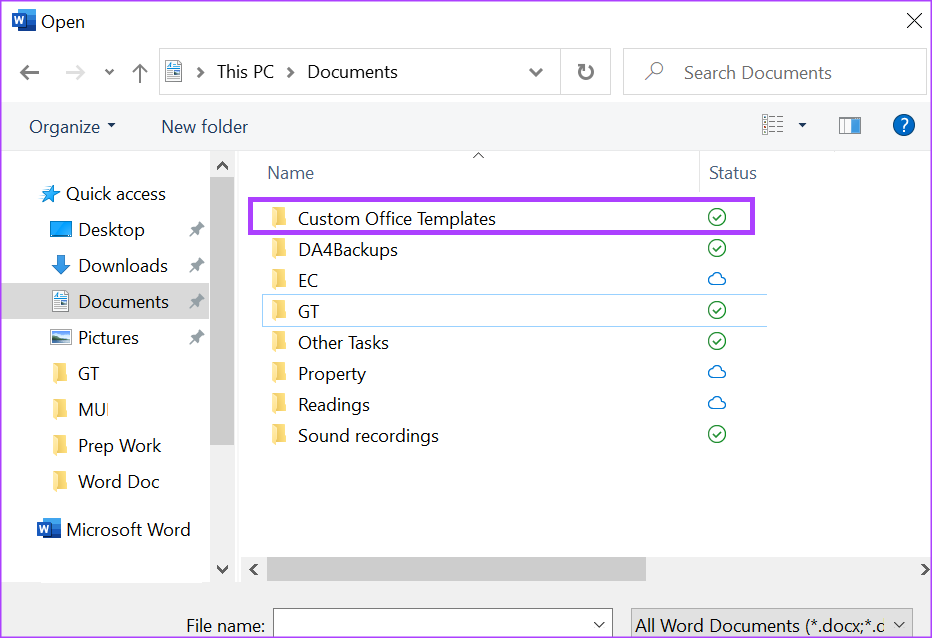
Maria is a Content Writer with a keen interest in Technology and Productivity Tools. Her articles can be found on sites such as Onlinetivity and Delesign. Outside of work, you can find her mini-blogging about her life on social media. Learn about our Tech Review Board
Updated July 17, 2024 Reviewed & Updated by Afam Onyimadu Contributor Expertise: Microsoft, R, SQLAfam has been a content writer with Guiding Tech Media since August 2023. However, his experience in tech writing dates back to 2018, when he worked as a freelance writer for Make Tech Easier. Over the years, he has grown a reputation for publishing quality guides, reviews, tips, and explainer articles. His work is featured on top websites, including Technical Ustad, Windows Report, and Next of Windows. He has training as a Microsoft Certified Professional and has covered more Microsoft-related guides on these platforms. Learn about our Tech Review Board
Creating a document template in Microsoft Word is similar to making a guide or model to make tools. The differentiating factor between a document template and a simple document is how they are saved. Here’s how to create a custom document template.
Step 1: Launch Microsoft Word.
Step 2: Open a new file.
Step 3: On the Word canvas, input the document content, properties, and format you want to use as a template. These could be headers, footers, titles, images, backgrounds, or other elements.

Step 4: Click the File tab at the top-right corner of the Word Ribbon.

Step 5: Click the Open button.

Step 6: On the Open window, click the Browse button to launch your File Library.

Step 7: From your File Library menu, click the Documents tab.

Step 8: From the folders list in your Documents library, click the Custom Office Templates folder.

Step 9: In the text box beside File name, give a name for your template.

Step 10: Click the File type drop-down beside the file name textbox and select Word Templates (.dotx) from the list. Choose Word (97-2003) if you plan to use the template with an older version of Word.

Step 11: Click Save to save your new template.
You can save your document templates in OneDrive, SharePoint, or any other cloud location. However, saving them in the Custom Office Templates folder on your PC drive makes them easy to find whenever needed. Your template could also contain a custom color set.
If you have added changes to make after creating the custom document template, here’s how to do so.
Step 1: Launch Microsoft Word.
Step 2: Click the Open button.

Step 3: On the Open window, click the Browse button to launch your File Library.

Step 4: From your File Library menu, click the Documents tab.

Step 5: From the folders list in your Documents library, click the Custom Office Templates folder or navigate to the folder where you may have stored the template.

Step 6: Select a template from the options shown.
Step 7: Click the Open button to view the template in Word and make your changes.

Step 8: Click the Save button on the Microsoft Word Ribbon to save the changes to your template.
After creating and saving the custom document template, using it is also easy. It’s very similar to using the default templates of Microsoft Word. Here’s how to create a document using a custom template:
Step 1: Launch Microsoft Word.
Step 2: Click the New button to preview the available Word templates.

Step 3: Scroll down the page to see two options: Office and Personal. Click Office for Microsoft Office templates, while click Personal for your custom templates.

Step 6: Click on your custom template from the options shown under Personal. The template will be launched in Microsoft Word for your use.